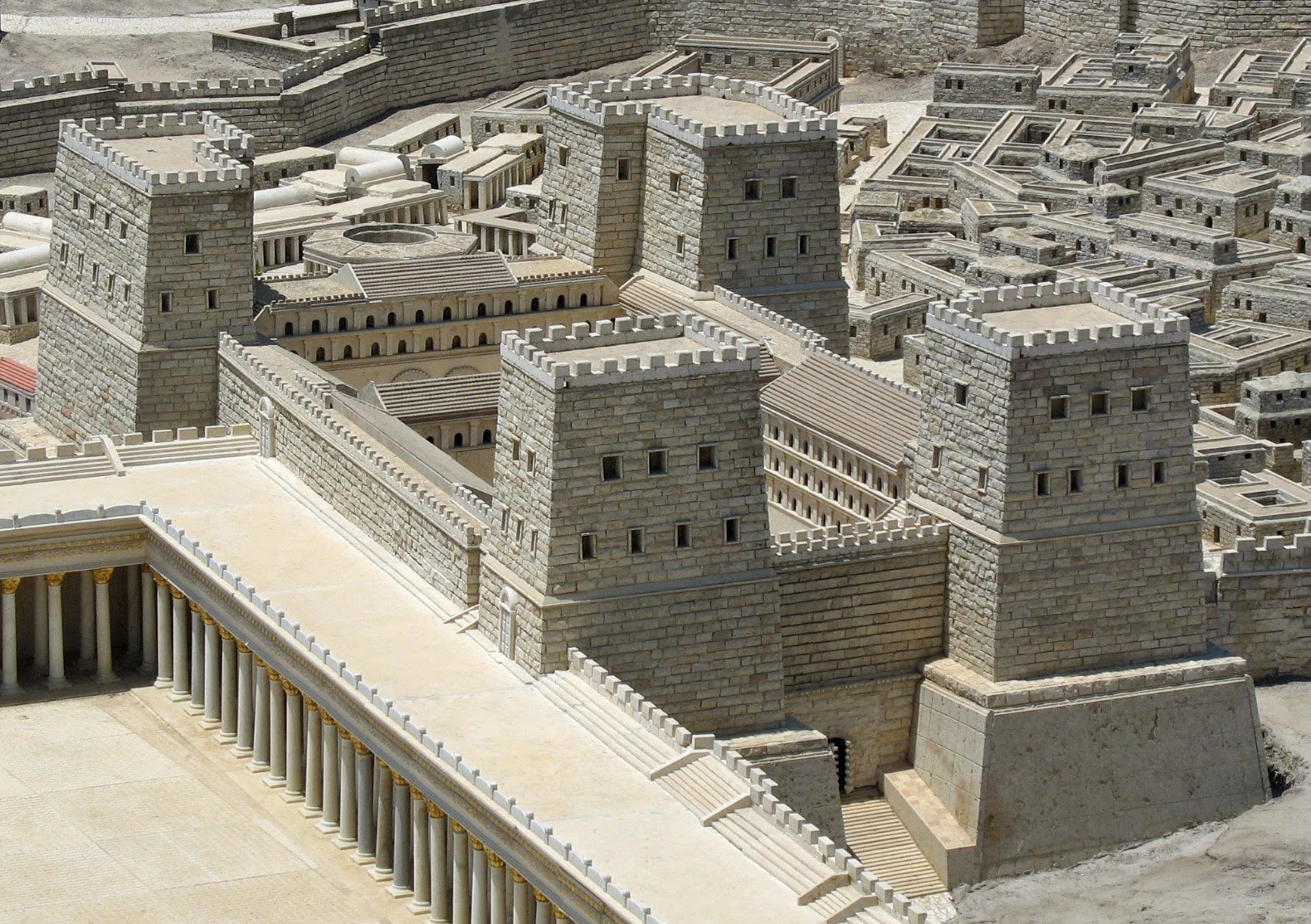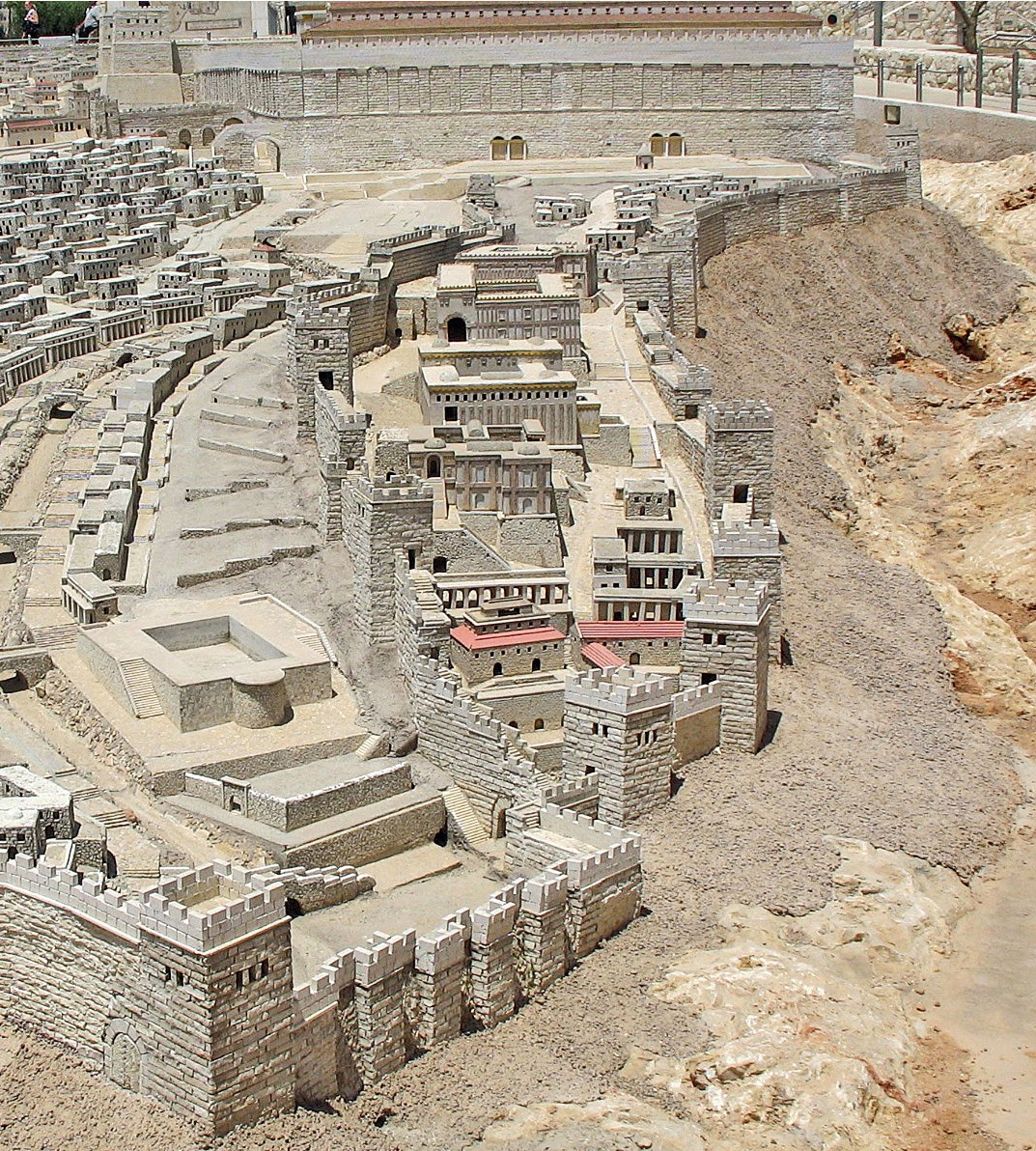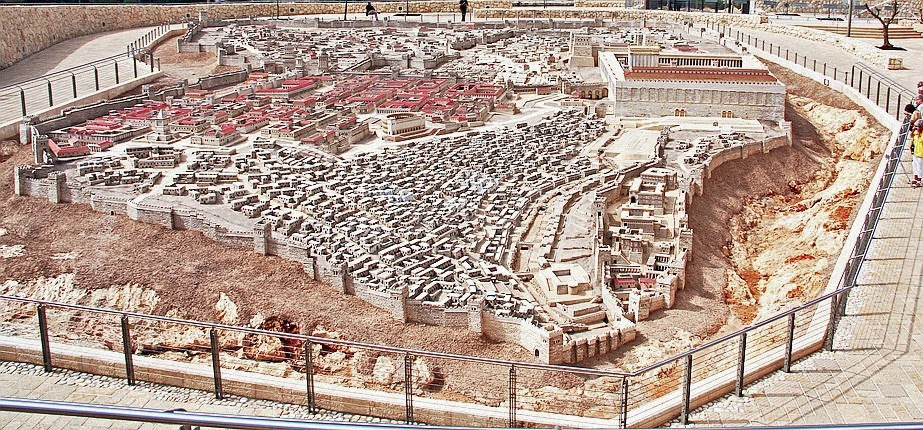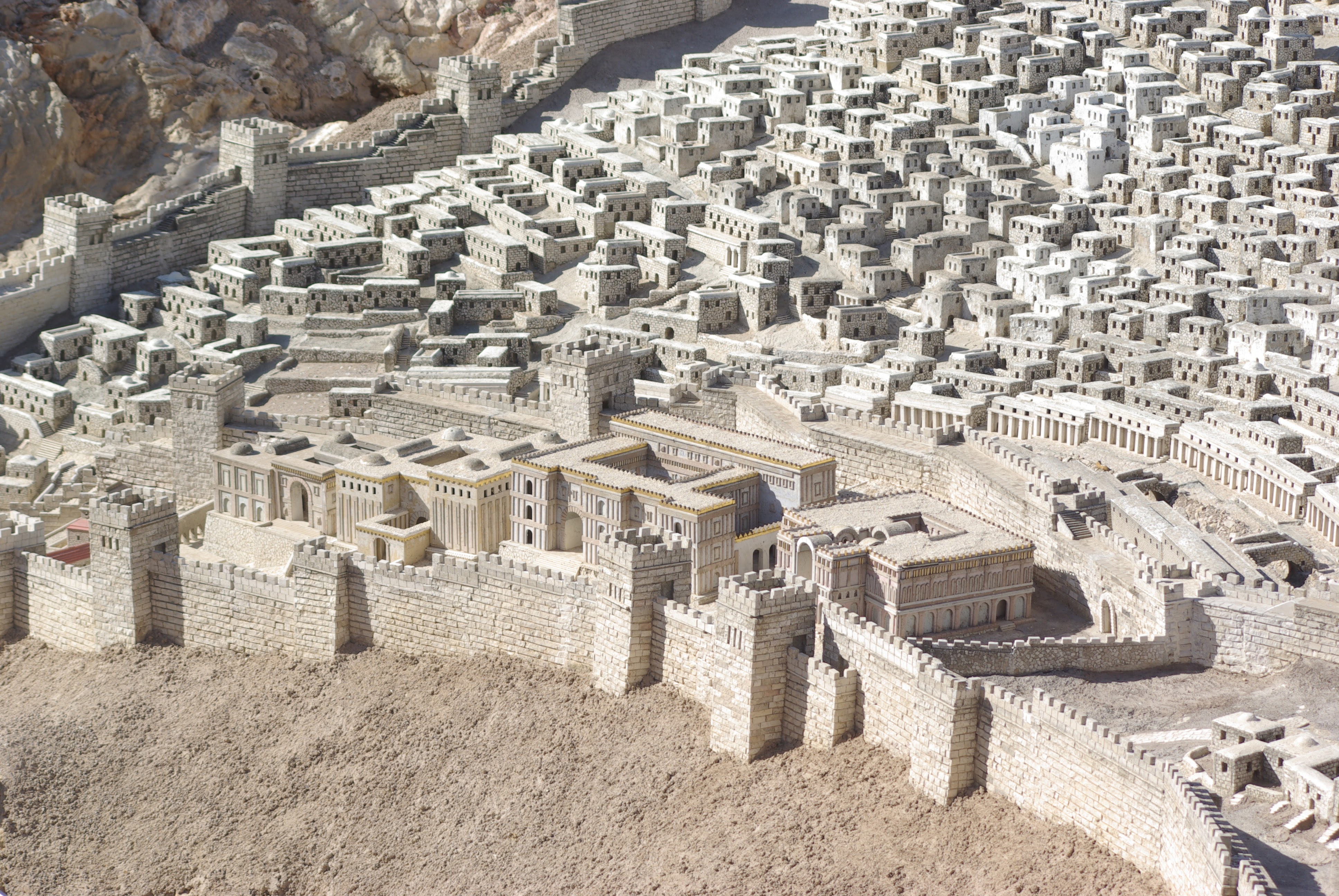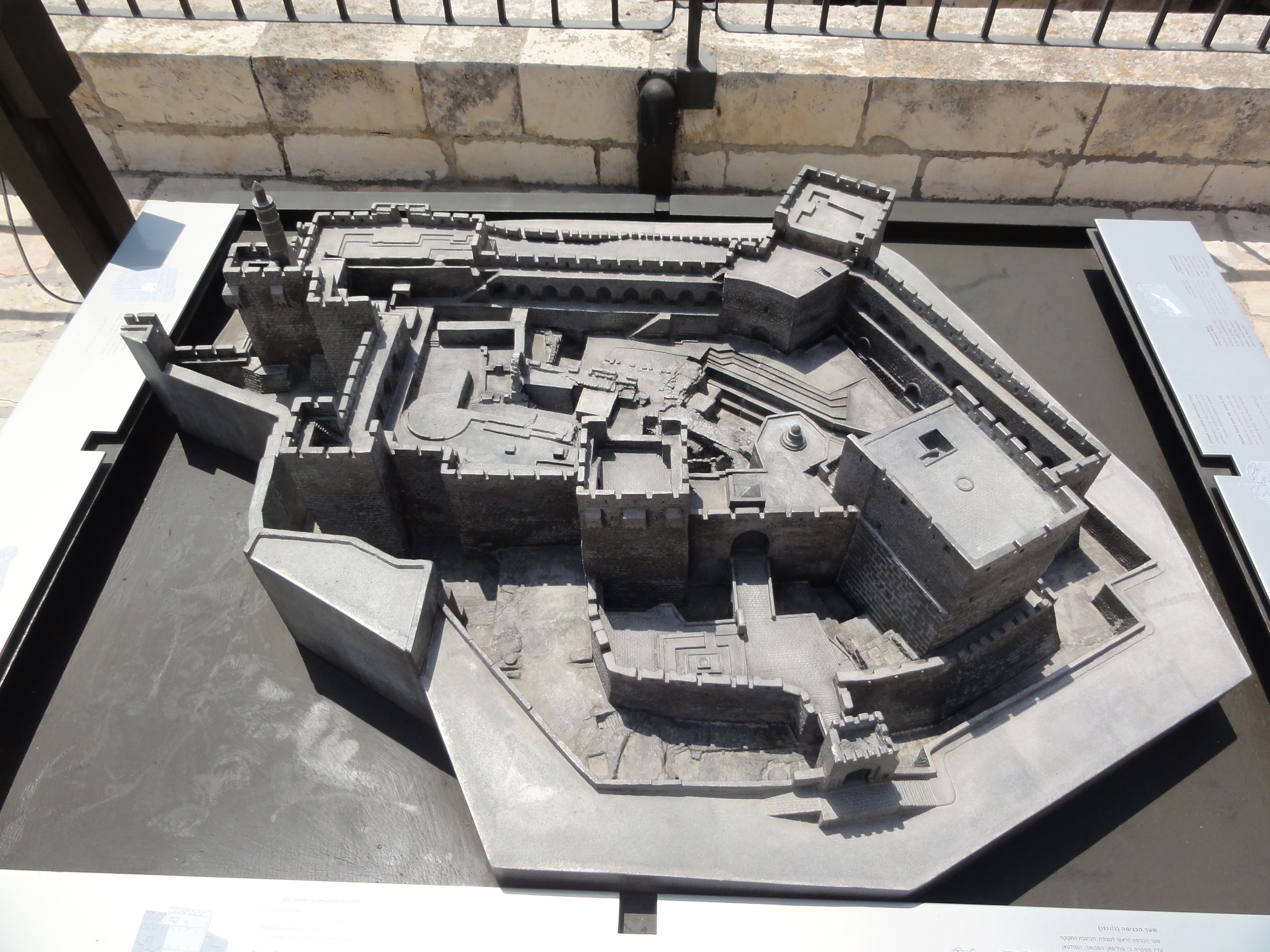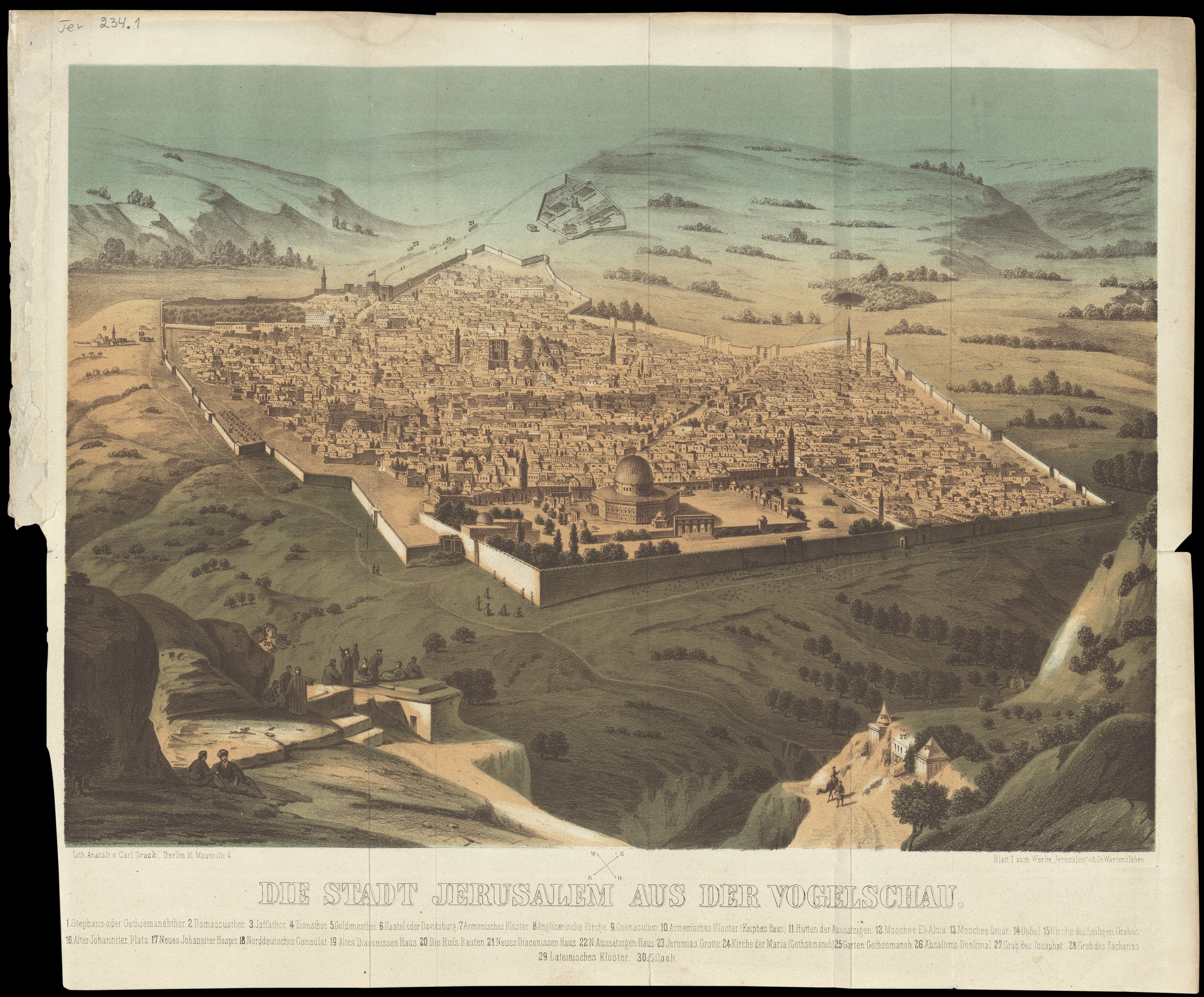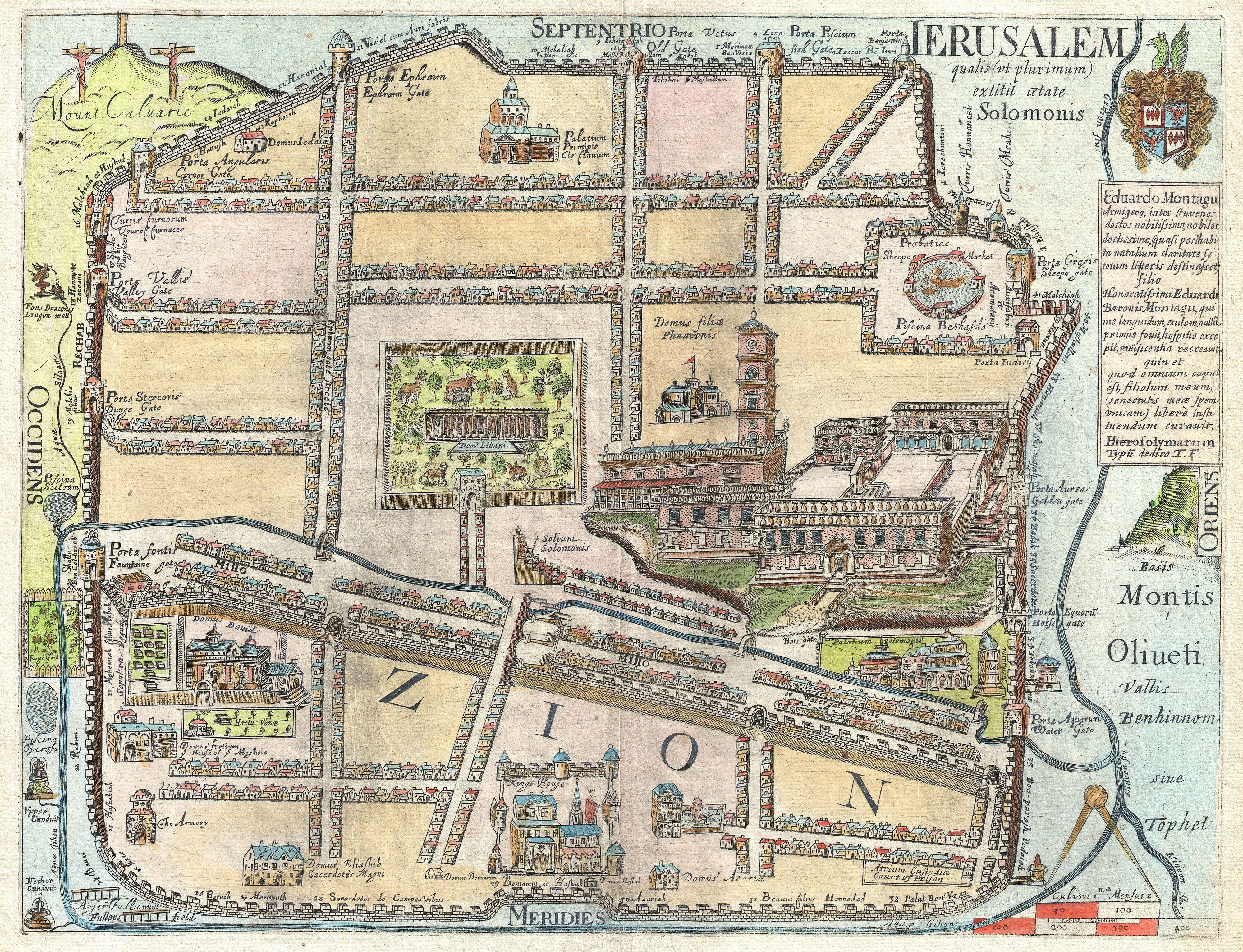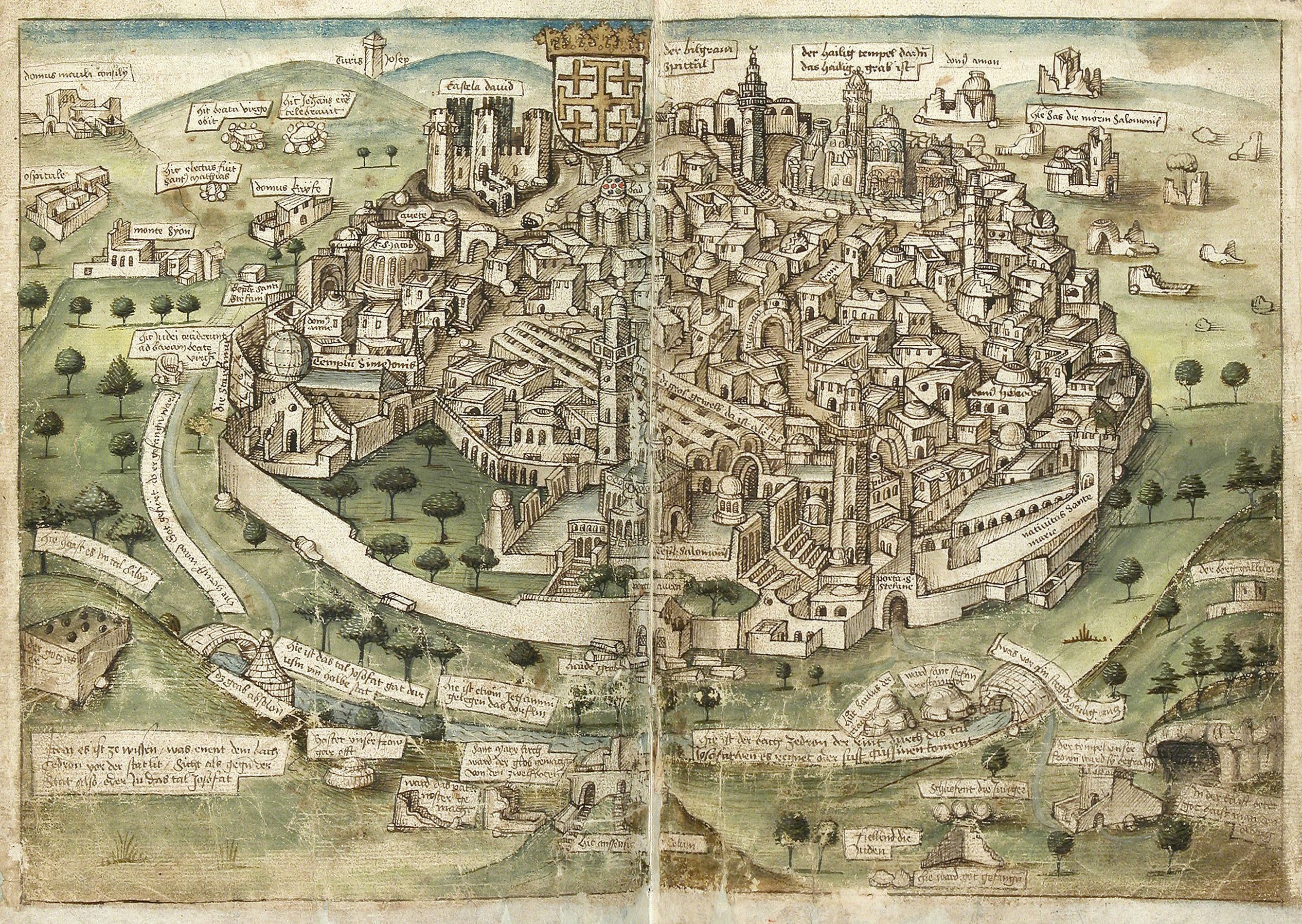This is a really nice play-report from one of our first new GMs trying the City of Judas – a medieval fantasy AW hack – and scaring the s**t out of a couple of characters with an angry, huge Roc.
(and for those who followed the first adventure of Azim, now the mule’s got a name: Judith)
Originally shared by G. Dzi
This is the first part of my second game session of COJ.
For starters, the casting :
– Azim ben Arrabas, the veteran from the crusades follower of the book of Q who successfully accomplished one mission (and saved a mule called Judith^^).
– Grégoire de Marsiac, a Frank leader from Gasconny who ended up at Jerusalem after having ashamed his family.
The two of the blood brothers were summoned once again by the Magister Geoffrey but this time he sent them to the small and remote village of Bersaba in the southern part of Judea. Their mission was to assess the economical and strategical strengths of the place and if worthy to start negociate a business relationship with the Iron Fist (IF). Even if Azim was the most experienced brother, Geoffrey gave the command to Grégoire because he’s heard “some people” speaking highly of him (As a noble, Grégoire’s got some family in Jerusalem as he described in his background). Nonetheless, it didn’t really please the Magister who will particularily have an eye on Grégoire’s results. Better for him to succeed in his first endeavor…
The Quatermaster of the IF (have to give him a name next time, because I have the feeling he’ll be a recurrent NPC) gave them one horse each (strong european ones actually) and rations for the 10 days trip.
Before leaving the City of Judas, Azim thought that a map would (justly) help them to get quickly and safely to Bersaba.
NOTA : I, at first, thought they should have gotten a map but then thought that those items were rare and mostly very expensive at the time so I decided that, as rookies still, the IF wouldn’t invest so much in them…for now at least.
I called for a Equipment move and Azim scored a 7-9, so he could find a map but had to pay some extra gold for it (-1 equipment).
As for Grégoire, he had the very good idea to buy some presents for the Bersaba’s authorities, so both of them spend the rest of the first day around the numerous bazaars and souks of Jerusalem. They even witnessed to a christian flagellant procession towards the Mount of Olives.
NOTA : concerning the Grégoire’s request, I didn’t want to have him check his equipment move now as I thought it would be more funny/interesting to have it roll when he’ll give it to the village’s elder. I thought that maybe he could have choosen poorly the gift and maybe anger the Elder if he rolled 6- for example.
Anyhow, Azim & Grégoire got out of Jerusalem and started a long trip into the Judea’s wilderness. I asked only Grégoire to roll a Face Danger+steel and Azim to help him (actually both of them) rolling a face Danger+Brains as he was using the map. He rolled again a 7-9.
So…the map was really usefull to them as Azim’s player described how it’s got many places indicated to rest during the hottest part of the day and to find good shelter for the more than chilly nights (probably a map maide by an old pilgrim) but one day as Azim was looking at it at mid-day, he didn’t notice the scorpion crawling under the map and before he realized it stung him.
NOTA : the scorpion was the consequence of his 7-9 face danger test, it was a soft move at first as Azim spotted the crawly but failed at another Face Danger+Edge check. So I turned it into a hard move and had him loose 2 or 3 health (I don’t really remember how much it was).
BTW, how do you guyz rule the effects of poison? Do you give it a straight number of damage like I did? I thought that maybe one could give as well the Unstable condition even if Health is superior to 0? What do you think?
Grégoire decided to loose couple days to stay put to help Azim recover a bit from his strong fevers (I took there the opportunity, as part of the fiction to have Azim dreamt about the girl at the well from their first adventure and start having strange and mixed feelings about her. You’ll see why later…)
NOTA : Here I asked Grégoire’s player to choose between helping Azim and stay put but maybe loose their supply of food and water or to keep them but keep on going riding with a feverish veteran on a saddle.
After the two days, the fever was gone and they could resume their trip. So as part of the deal, i asked both of them to make an Equipment check to see if they’ll have suffciently rations to get to Bersaba, and they both aced it.
At the ninth day (out of 10) they reached a treacherous mountain path and had to take their mounts by the bridle, mostly climbing more than walking. I asked for another Face Danger+steel : Azim got a 10+ and Grégoire a 7-9. So as they were advancing amongst the rocky landscape, Grégoire spotted a strange shadow passing right over them. He couldn’t see what it was but it gave him an eerie feeling about it.
NOTA : here I used my move from the 7-9 of Grégoire to introduce a Remote Danger.
Some time later they heard screams quickly followed by a strange buzz and a sudden wind. As they were getting closer a flock of sheeps emerged from the top of a cliff, running in every directions. They peeked from over the cliff and saw a shepherd desperately trying to drive out the most gigantic bird they had ever seen. They noticed as well another shepherd lying on the rocks in a pool of his own blood. The huge bird of prey was flapping its wings with such a strength that he could create such a strong wind, that the shepherd had to wrestle with it to stay on his feet.
NOTA : the bird was indeed a monster. I just got my inspiration from the classical Roc Bird and have it be Massive with 2 armor points roughly speaking.
I asked the two compagnions what they wanted to do and after some considerations towards the beast, they finally decided to avoid any confrontation whatsoever with it. So as they were sneaking past it, I called for a Defy Danger+shadow test when the Roc just cleved the poor shepherd they could have saved.
NOTA : now I know what to do to them when they’ll reach -1spirit…Some tainting is on its way.
Azim, once again, proved himself worthy and sneaky and therefore avoided the monster quickly with his mount. But things didn’t turn out so good for our leader. Unfortunately he got a 6-, so he didn’t sneak past it AND the Roc spotted him! I also stated that his horse got scared and ran away (now I thought that maybe I was a bit hard on him at the time). Grégoire asked for the best course of action (or should has he said “survival”?) and I asked him to roll a perception test. he managed to figure out that the best way out was a small cave at some distance or trying to jump on Azim’s mount to ride double. But first he had to get the hell out of there at once as the enormous bird-thing was jumping straight at him! Time to roll an other Face Danger +edge. Grégoire just had the time to get to Azim before he heard the slamming of a gigantic beek right behind his neck!
NOTA : I had Azim helped Grégoire automatically as his described how he was getting his mount clsoer and ready for the Frank, waving and cheering at him to give Grégoire some more strength.
But now they weren’t out of harm’s way yet, they had to outrun the Roc and another time the battle brothers saved themselves thanks of the horsemanship of the veteran (who got another 10+ on his Face Danger+edge test).
NOTA : I’ve got a question here : I think I should have given him maybe a -1 to Azim face danger test as they were riding double. How do you deal with this kind of drawback in general? I believe that in DW you could do that but I’m not entirely sure.
They rode and rode quicker than the wind, avoiding the holes and the treacherous rocks along the way and after what was an eternity of riding, ducking and keeping balance on the saddle their got outside the mountain pass by nightfall. They didn’t catch any glimpse of the bird but could spot some lights down the valley. They had reached the village of Bersaba.
As there was 1 hour of riding left and it was dark, they prefered spend the night in a cave nearby even if the monster could be near.
NOTA : I thought that it was kind of a poor decision personnaly, as i described that the Roc was on their tail for most of their escape but their argument was valid, so I called for a spirit check. And they both failed (6-).
Azim and Grégoire spent the worst night they ever lived. During most of it, they could clearly hear the threatening buzz and the flapping of massive wings followed sometimes by a terrifying shriek. Azim was submerged by fear and crawled to the deepest part of the cave where he spent the whole night trembling and sweating, chanting all the prayers he knew from the book of Q. As for Grégoire, he was just furious against himself as he thought that he acted with cowardice when he let the shepherd got killed gruesomely by the monster.
NOTA : here I used the consequence of a failed test your spirit check and chose : “you show the worst of you…”
Only when the firsts rays of light shown themselves, they got it together and could they resume their mission.
As they were climbing down the mountain, Grégoire spotted from far away, the cloud of dust made by a group of riders approaching the village. Who were they and what was their business at Bersaba?…
END of the first part.
So, as usual, I’d love to hear comments, critics and advices from you guyz about how I ran the first part of this adventure. As you noticed, I called for a lot of Face Danger tests. Do you think there were too many? Or should I had replaced some of them with other moves maybe? To me it didn’t appear like weird really but I’m always open to suggestion! Hope you liked it! 🙂

